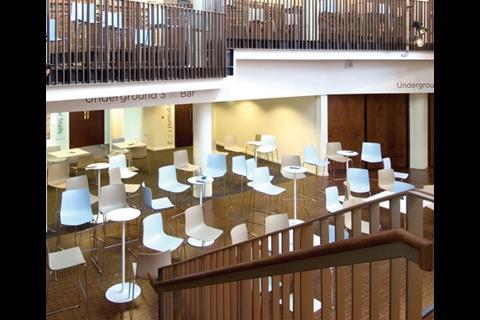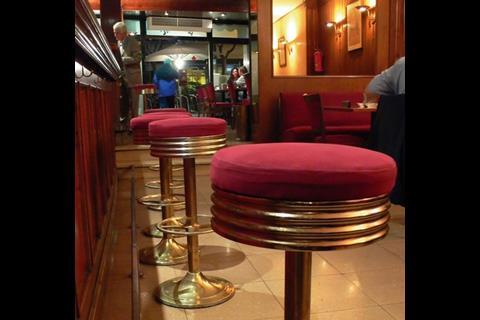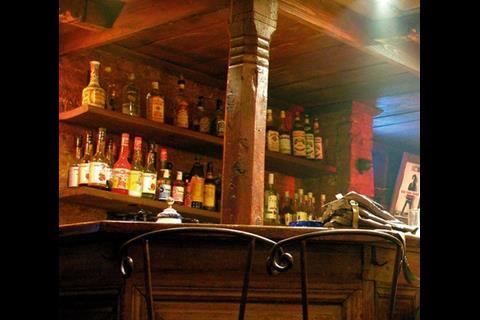On 1 July, England becomes officially smoke free, joining Wales and Scotland. From that date, smoking will be illegal in all public buildings and places of work and in vehicles used for business. The ban is set to have a big effect on the design, use and management of retail and leisure buildings.
The basics
The law concerns all enclosed spaces used for non-private purposes. This means public and business spaces.
A definition is provided on semi-enclosed spaces and there are limits to what can be called “private” areas. If a space has a roof and more than one wall, it is deemed to be enclosed and must therefore be smoke free.
All managers, specifiers and designers of these spaces must be aware that smoking areas, rooms and other smoking-related provisions are no longer permitted. Further, there is no requirement to provide external smoking shelters.
Those in charge of a business must have a policy document to hand that explains the law and that outlines the specific provisions made for that business.
Management must also display prominently a sign no smaller than A5 at the main entrance, indicating that smoking is not allowed on the premises. The precise wording may be adjusted if the building is only used by members of staff. Further, at every entrance you must display the internationally recognised no-smoking logo. This sign must be at least 70mm in diameter.
Enforcement
The law is very specific about enforcement and penalties.
The building manager or an appointed individual – and you should have an appointed individual – should approach the smoker and remind him or her that they are committing an offence and that they may be fined if they continue.
The ban may be liberating for designers because there is no longer a requirement to provide separate smoking areas
Your local council is the main enforcement body. Local authorities have the right to enter any premises and check that the appropriate signs are displayed.
Failure to display the correct signage will result in a minimum on-the-spot fine of £150 or up to £1,000 if the case goes to court. Failure to prevent a person from smoking attracts a fine of up to £2,500.
Retail and leisure venues
This is a significant change for the retail and leisure industries, even affecting zoning and layouts in some cases. This may be liberating for designers because there is no longer a requirement to provide semi-separated smoking areas.
For hotels, clubs, pubs and any business that offers sleeping accommodation, including guest bedrooms in clubs, there is allowance for some bedrooms to be designated smoking areas, but they must be clearly signed as smoking spaces.
These rooms need to separated from the rest of the building and independently ventilated. Normal fire-door levels of specification will suffice to ensure separation within the space. Engineers should be consulted over the type and layout of any ventilation system to ensure the designated areas cannot mix air with other internal spaces.
Private dwellings are excluded from the ban and this includes any holiday-let or self-catering premises.
Designers can take advantage of the cleaner air and specify finishes, carpets and furnishings that otherwise would be vulnerable to staining. Air circulation systems should benefit from easier maintenance. Detailed design will also need revisiting with the removal of ashtrays and other smoking-related fittings.
Checklist
- Take steps to ensure that staff, customers, members and visitors are aware that premises are legally required to be smoke-free
- Display no-smoking signs
- Ensure that no one smokes in the premises
- Have a smoke-free policy published and to hand
- Revisit the specification, particularly for soft finishes
- For further guidance, definitions, signs and help with policies see www.smokefreeengland.co.uk
Topics
Specifier 18 May 2007
- 1
- 2
- 3
- 4
 Currently reading
Currently readingAnd now, the end is near ...
- 5
- 6
- 7
- 8
- 9
- 10
- 11
- 12
- 13
- 14
- 15
- 16
- 17




































No comments yet